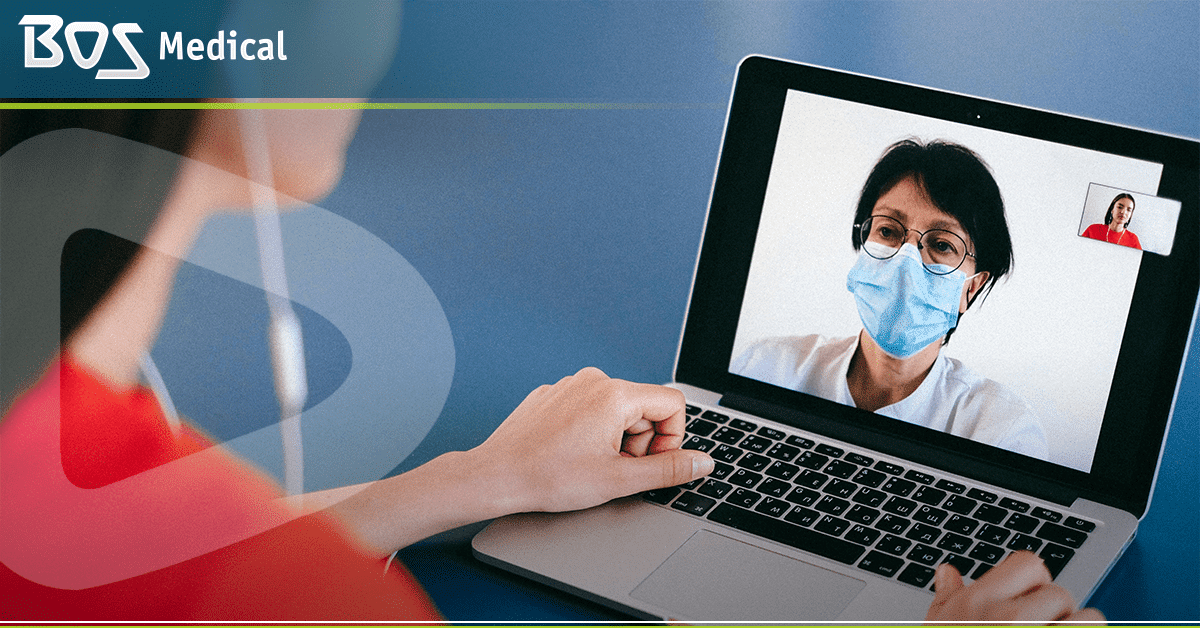
Most public schools in the United States have, or have access to, a school nurse. Depending on the state in which you practice, you will be required to hold a BSN, or MSN, as well as a current license, in order to fulfill the role of school nurse. Some states do require a specific type of certification in school nursing as well.
How It All Began
The job of school nurse began in the early 20th century, as a means to help educate the community, and stem the spread of disease and illness. The first school nurse was Lina Rogers, who was employed by New York City schools, in October of 1902. Ms. Rogers’ job was to reduce the instances of absentee students. She began to intervene and help parents in her community recognize certain illnesses, and prevent the risks.
Ms. Rogers’ endeavors were so successful that, within 1 month’s time, she was helping the city implement the first school nurse program in the United States. The role has grown beyond educating parents regarding childhood disease, and has expanded to a much more diverse, and necessary job.
The School Nurse is Essential to Education and Welfare
Studies show that a student’s ability to learn is directly related to their health and wellbeing. A school nurse understands the physical, emotional, social and mental needs of children. The school nurse, and their team, are at the front lines when it comes to ensuring the success, and quality of life, for those in their care.
Today’s school nurses do so much more than tend playground bumps, and scrapes, or soothe a sick student while he or she waits to be picked up. Those children who have chronic conditions, such as diabetes, asthma, epilepsy, or more complex medical conditions, often require regular medication, and observation. The school nurse has the authority to administer many of these medications and does so on a regular basis.
The School Nurse’s Day
No you understand the many different responsibilities that fall under the job description of school nurse. Let’s take a look at what the nurse at a typical school does during a shift (times may differ, depending on the school schedule):
7:00 a.m.
Arrive at school. Review emails from teachers and parents, with updates on students who may have been recently hospitalized, or diagnosed with a medical condition. Make notes to contact parents and schedule a meeting in order to develop a plan for the child’s return to school.
7:30 a.m.
Assemble the clinic team, and any educators who have a student recently diagnosed with special needs, such as ADD or ADHD. The student needs to be monitored to see if their medication needs adjusted in any way. Other teachers may need to request the school nurse’s presence during any parent-teacher meetings regarding special placement, or behavior issues, which may have a medical, or social, cause. Set the schedule for the week with teachers and other members of the team.
8:15 a.m.
School day begins and the students are already lining up at the clinic so the nurse can meet their needs. Medicine is received and charted as per instructions. Notes from parents are taken. Any student who has already started to feel ill will be given a place to lie down while the nurse contacts the parents. Over the next few hours the nurse will see students, call parents, as warranted, and return correspondence.
11:30 a.m.
Lunchtime begins, and with it the administering of insulin to children with diabetes. Depending on the school, there may also be gastrostomy feedings administered to those children who require it. Other meds, such as antibiotics which must be taken with food, will be administered and their distribution charted. Depending on the state, you may have a clinic staff worker administer some of these meds, or the school nurse may be required to administer all meds and feedings.
Recess Time
In most schools lunches are staggered to comfortably accommodate the student body. Lunch time is often followed by recess. That means this is a very active time for the school nurse.
While still providing some meds, and taking care of pre-lunch activity, the school nurse begins to see students injured on the playground. This ranges from slips and falls that are taken care of with basic first aid, or may necessitate a call to the parents for slightly more severe mishaps.
Head injuries, even the mild ones, need to be monitored for at least 20 minutes, even when the child feels fine. Concussions develop symptoms over several hours. The nurse needs to contact the parent to inform them, as well as send home a written follow up.
1:30-3:00 p.m.
During the last few hours of the school day the nurse sees students for the usual tummy issues, or, in the case of the lower grades, sometimes a change of clothes due to an “accident”. The school nurse may have some additional meds to give, or monitor a student’s blood sugar.
After school the nurse sits in on conferences between parents and teachers, or meets with parents of children who require a plan for medicine for ADHD or a chronic condition. Sometimes the school nurse meets with child welfare authorities in the interest of a student’s health and wellbeing. While not a regular part of the school nurse’s day, these situations do require their attention.
Image: Pexels






